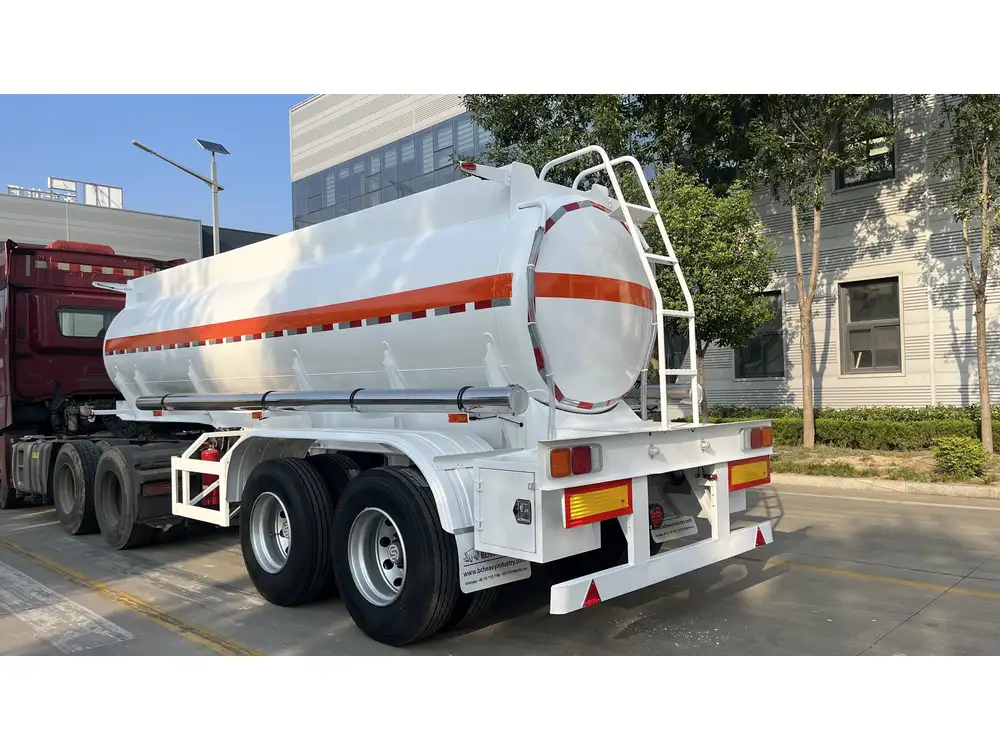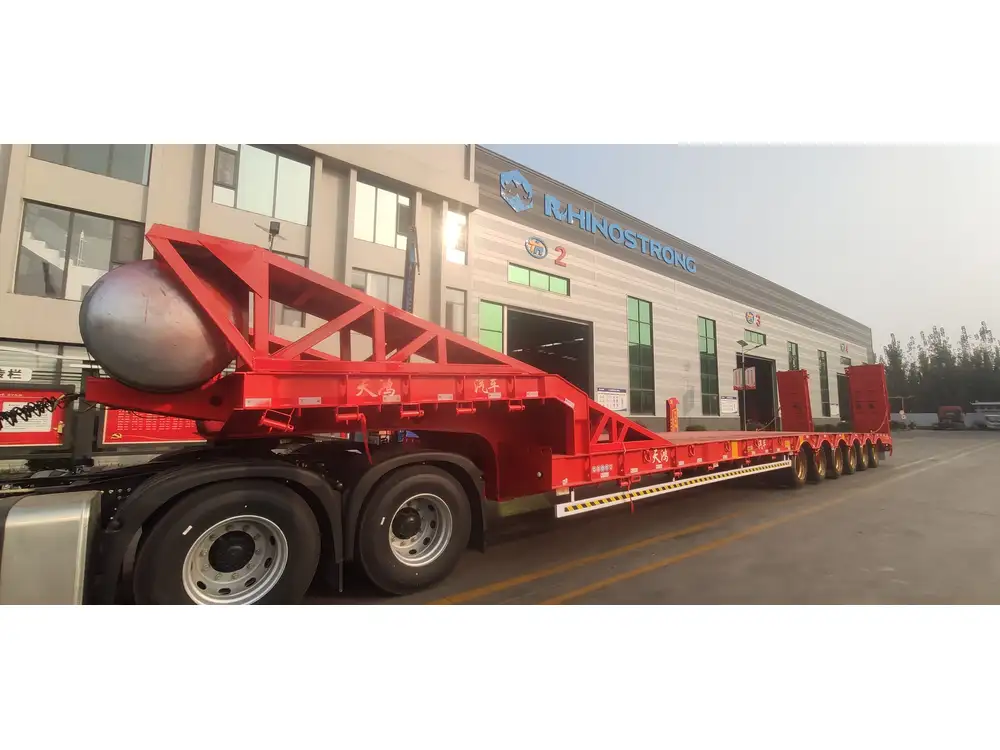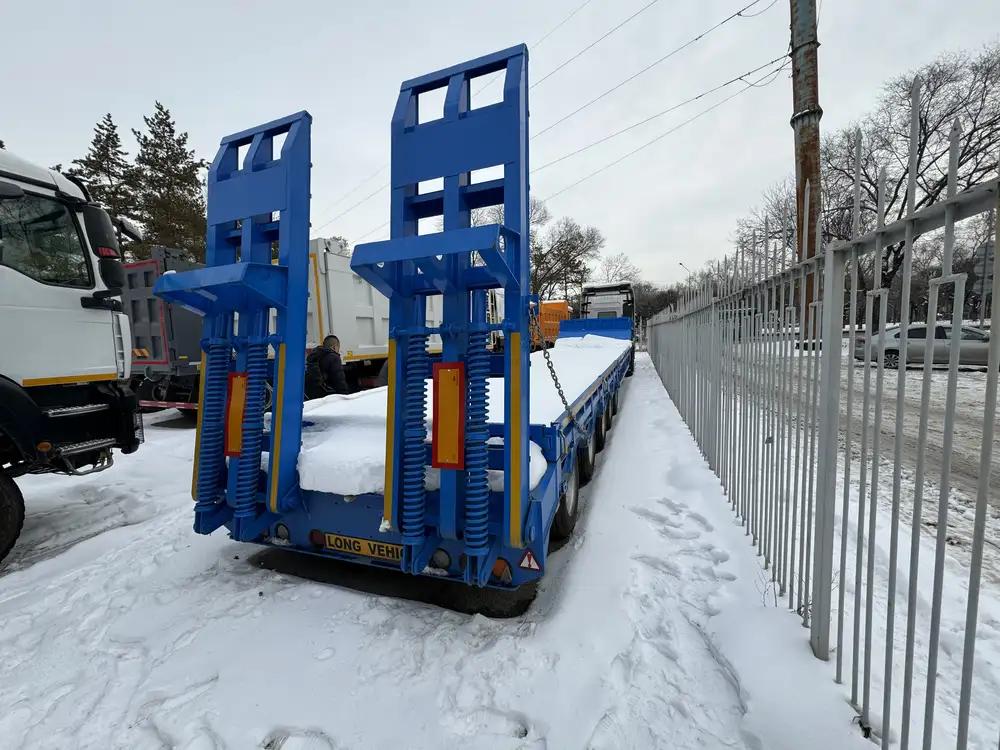Efficiently managing the emptying of semi-trailer tanks is a crucial task for operators to ensure safety, compliance, and effective maintenance. In this detailed guide, we will explore the various methodologies, precautions, and best practices to empty trailer tanks effectively.
Understanding Trailer Tanks
Types of Trailer Tanks
Trailer tanks come in various types, each designed for specific purposes, including:
| Tank Type | Description |
|---|---|
| Cylindrical Tanks | Common for liquids, providing uniform strength. |
| Rectangular Tanks | Typically used for granulated materials. |
| Specialized Tanks | Designed for hazardous liquids or specific cargos. |
Understanding these tank types is vital for selecting the appropriate emptying method.

Preparing for Tank Emptying
Assess the Trailer Load
Before initiating the emptying process, assess the load within the tank. Understanding the remaining contents helps determine the urgency of the task and the equipment needed for safe emptying. Consider factors such as:
- Type of Cargo: Is it a liquid, gas, or solid?
- Volume Residual: How much material remains?
- Toxicity: Are there hazardous materials involved?
Safety Precautions
Every operation must prioritize safety. Utilize the following precautions to mitigate risks:
- Personal Protective Equipment (PPE): Use gloves, masks, and protective eyewear.
- Area Inspection: Examine the surrounding area for hazards.
- Ventilation: Ensure proper airflow, especially in confined spaces.

Step-by-Step Process of Emptying Trailer Tanks
1. Equipment Gathering
Before commencing the emptying operation, gather the necessary equipment. Depending on the load, you may need:
- Pumps: Choose between centrifugal pumps for liquid materials and vacuum pumps for hazardous loads.
- Hoses & Fittings: Ensure they are compatible with the tank material and the cargo type.
- Flow Meters: To monitor the volume being emptied.
2. Create an Emptying Plan
Creating a comprehensive plan will enhance efficiency:
- Designate Personnel: Assign roles to ensure streamlined operation.
- Establish Protocols: Set procedures for various emergencies.
- Communication Devices: Ensure all team members have access to communication tools.

3. Preparing the Tank
Properly preparing the tank is essential to maintain integrity and ensure efficient emptying:
- Depressurization: Slowly relieve pressure if applicable.
- Cleaning: Remove any residual material that may block hoses.
- Inspection: Check the tank for any damages or leaks that need to be mitigated.
4. Initiating the Emptying Process
Begin the emptying operation, following these steps:
a. Connecting Equipment
- Attach the pump to the tank’s discharge outlet securely to prevent leaks.
| Connection Type | Best Use |
|---|---|
| Flanged | For large diameter hoses or pipes. |
| Cuffed | Ideal for smaller hoses, portable. |

b. Operating the Pump
- Start the pump according to the manufacturer’s guidelines. Monitor for any irregular sounds or performance issues.
5. Monitoring the Process
Continuous monitoring is essential for safety and efficiency:
- Visual Checks: Instruct team members to watch for leaks or spills.
- Flow Rate Measurement: Utilize flow meters to ensure the material is being expelled efficiently.
6. Completing the Process
Once the contents are emptied, take these actions:
- Detach Equipment: Remove the pump and hoses carefully, ensuring no residues remain.
- Inspect Tank Integrity: Post-emptying checks should assess for wear or damage from the emptying process.
- Clean Up: Ensure the surrounding area is free from any residual spills.

Additional Considerations
Dealing with Residual Material
Despite thorough emptying, residual material can remain. Address this through:
- Tank Cleaning: Use appropriate cleaning agents specific to the cargo type.
- Inspection: After cleaning, conduct a thorough inspection to ensure no contaminants are left behind.
Environmental Compliance
It’s essential to adhere to environmental regulations when emptying trailer tanks. Follow these guidelines to ensure compliance:
- Waste Disposal: Properly dispose of any waste materials following local regulations.
- Documentation: Maintain records of the disposed materials for accountability.

Troubleshooting Common Issues
Clogging in Hoses
Symptoms: Slow flow rates or backpressure in the system.
Solutions:
- Regularly inspect hoses for material buildup.
- Use high-pressure water or solvent to clear out clogs.
Equipment Malfunctions
Symptoms: Unusual noises, leaks, or pump vibration.
Solutions:
- Turn off the equipment immediately and inspect for visible issues.
- Refer to manufacturer guidelines for specific troubleshooting steps.

Conclusion
Mastering the art of efficiently emptying trailer tanks encompasses a range of considerations from preparation and safety to troubleshooting and compliance. By employing the methodologies outlined in this guide, operators and manufacturers will enhance their procedural efficacy, ensure safety, and adhere to regulatory standards. The nature of this operation demands constant vigilance and a proactive approach to maintenance and safety practices, ensuring that every journey starts and ends with utmost efficiency and responsibility.



